-
Artificial Turf Reviewed – is fake grass an environmental timebomb?
 Lee Burkhill: Award Winning Designer & BBC 1's Garden Rescue Presenters Official Blog
Lee Burkhill: Award Winning Designer & BBC 1's Garden Rescue Presenters Official Blog

Updated 2024: Artificial turf is now serious competition for real lawns in our gardens. One installer has seen a 200% year-on-year increase in the demand for artificial turf compared to living grass. A visit to a 'Garden & Landscaping' exhibition in 2019 gave me first-hand experience of the sheer amount of artificial grass being pushed to consumers, designers and landscapers alike. I could have been mistaken for thinking I was in a green carpet warehouse at one point!
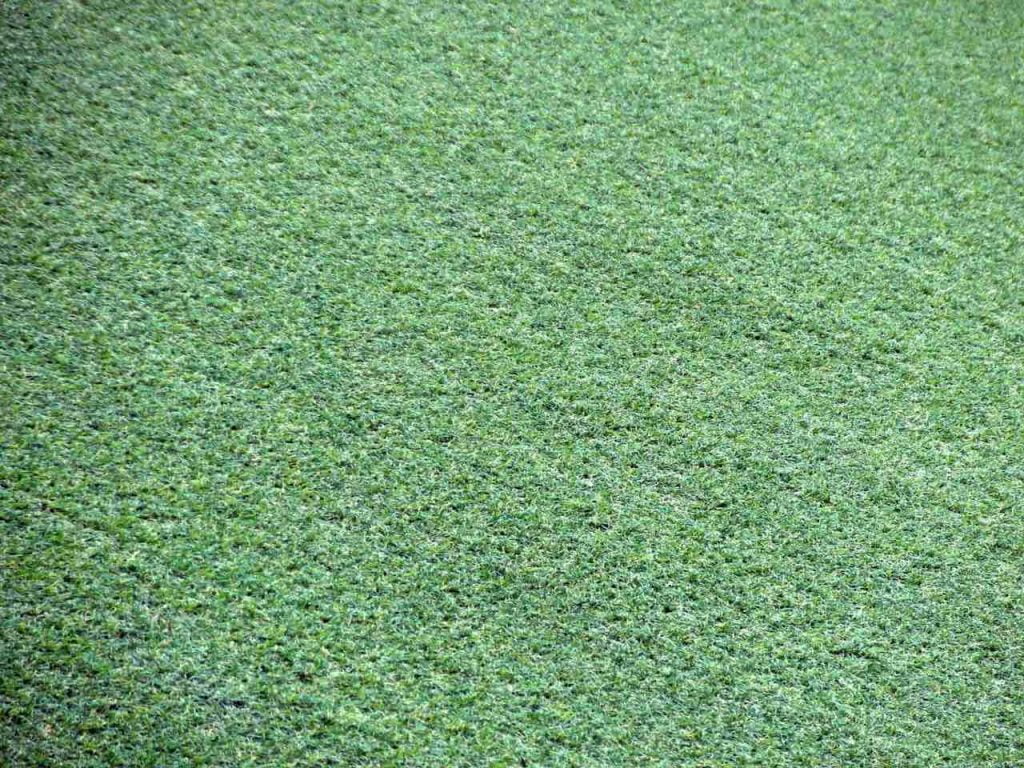
In my Garden Design practice, I'm regularly approached with offers from artificial turf suppliers to start using it in my designs. Clients are also increasingly asking for maintenance-free lawns. I feel sometimes like I'm drowning in a sea of virtual plastic during the initial design consultation having to discuss this time and time again. Artificial turf has become so popular due to a few myths and benefits.
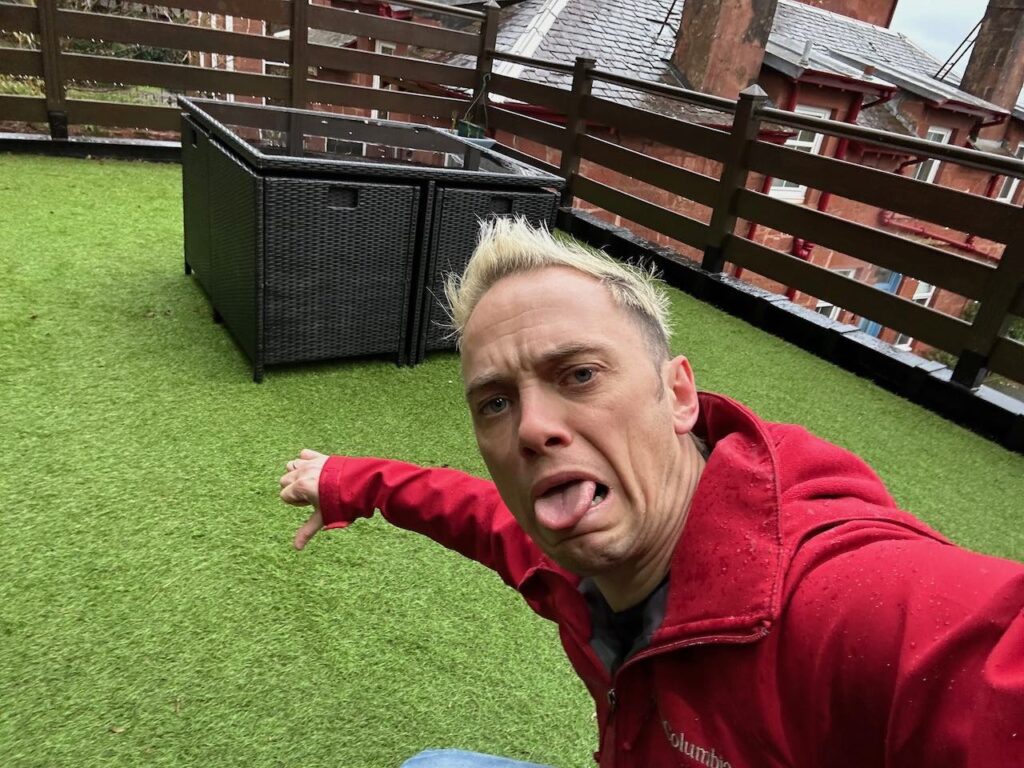
Firstly, it offers a low-maintenance alternative to natural grass, saving homeowners time and effort on mowing, watering, and fertilizing (which this article dispels). Additionally, artificial grass remains green and lush throughout the year, regardless of weather conditions or foot traffic, providing a consistently attractive lawn appearance (if you want a lawn that looks unnaturally green and static). It is also highly durable and resistant to wear and tear, making it suitable for areas with heavy use, such as sports fields or playgrounds (though its usually so hot in the summer you can't walk barefoot on it!)
My position as a garden designer with fake grass is that I won't use it. Artificial grass is highly destructive to wildlife, and looks garish and there are other low-maintenance options instead. However, I thought it best to broaden my options to see what other sources come up with. You never know, maybe I've been hasty in writing it off.
I've decided to do some more research by reaching out to people either for or against artificial turf. I've scoured articles, delved deep into social media, and spoken to representatives from the leading artificial turf websites, garden designers and lawn experts alike to give their opinion on the matter. These are my findings to help you make a fully informed decision about whether the cost, savings and environmental impact of artificial turf are worth it.
Artificial turf, astroturf plastic grass or fake grass are all synthetic plastic-based woven mats that from a distance, resemble law, turf or grass. Artificial grass is used as a turf replacement in gardens around the UK under the impression is cheap and low maintenance. The majority of residential artificial grass is woven but there is also 3G crumb which is a rubberised alternative found in sports pitches (more on that later).
There are varying qualities, styles and lengths available to give different looks to a garden space. If you imagine a thick carpet of green plastic threads then that's pretty much what artificial turf is. Some types are even woven on looms before being backed with either a plastic or rubberised underlay. It's laid on top of compacted hardcore, usually once an existing lawn has been removed and then the joints are glued or taped together.
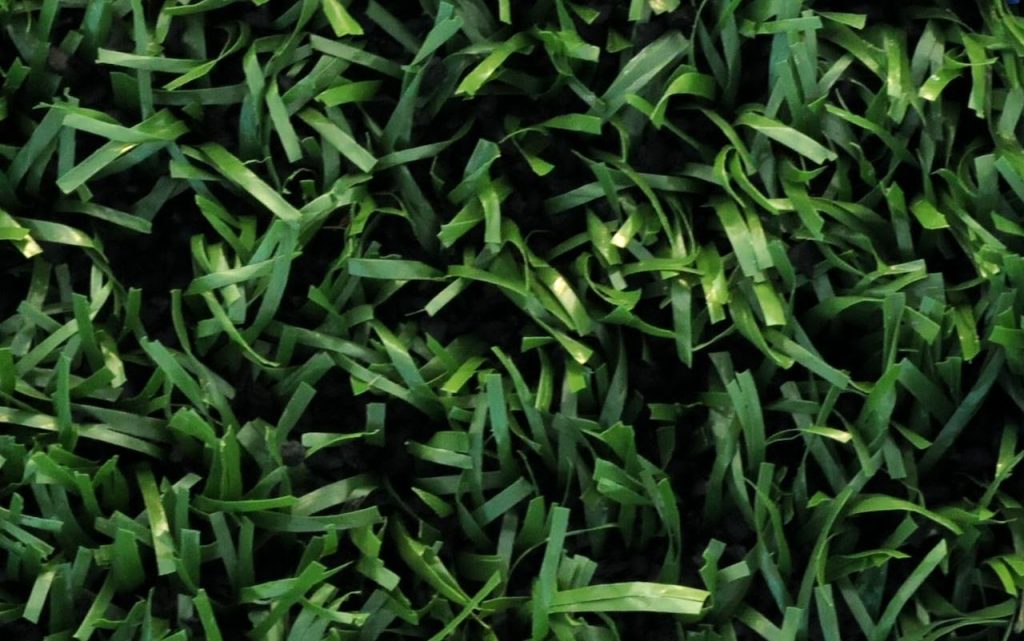
It's sold as being almost maintenance-free, being green all year round, tough and suitable for children and pets. It sounds like a win-win, doesn't it? However, I would argue all turf is green all year round and suitable for children and pets. In most online sources, it is often aligned with busy homeowners who want a clean fuss-free surface to exit their hot tubs onto on a Friday night. Let's have a look at the main benefit of maintenance-free in a bit more detail.
One of the strongest arguments in favour of artificial lawns is time-saving. Given the average UK Gardener spends 19.2 hours per year mowing their lawn, that's nearly a full day per year saved if you're pushed for time! But are these time savings accurate?
Rob from Solent Garden Services is an approved installer of one of the largest artificial grass suppliers. If you've not seen his urban garden makeover work you can check him out on Instagram here. Rob spoke to me about why he has moved to use artificial turf in some of his garden design work.
"Probably the phrase I hear most from potential clients is 'We want a low-maintenance garden'. They want a multipurpose space - a place to relax, entertain a play area for the kids. Artificial lawn ticks all those boxes. No more mud, mowing or watering" Rob Woodhouse - Solent Garden Services Ltd
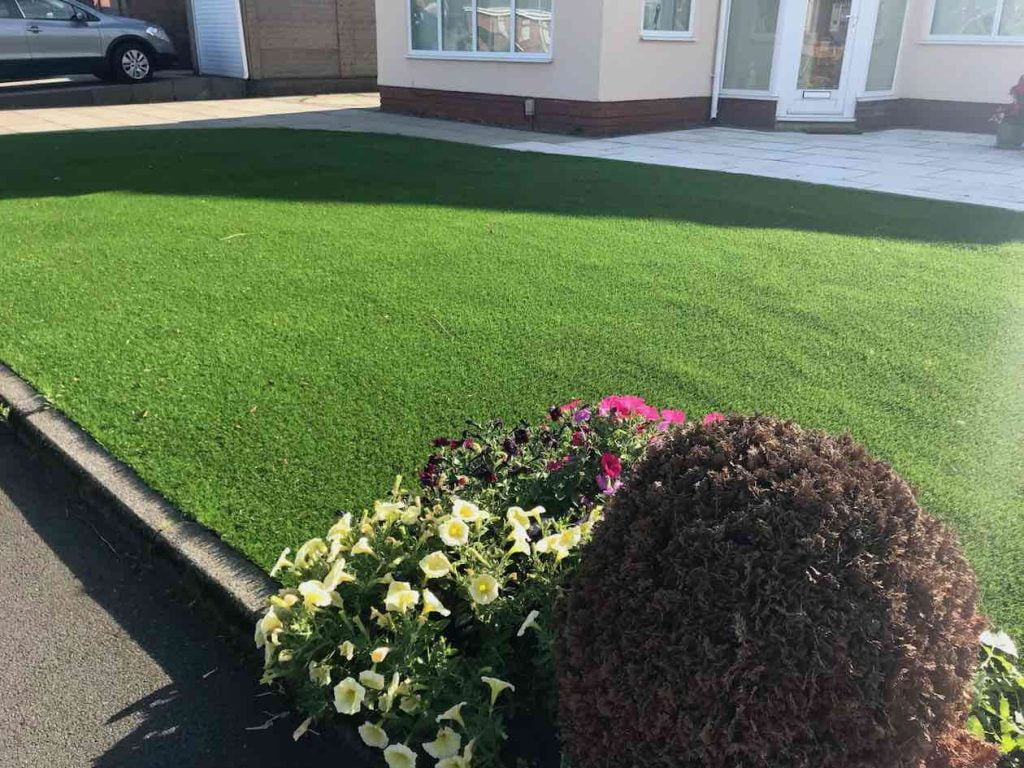
I know from first-hand experience as a Garden Designer just how many times I get asked for a low-maintenance garden. In fact, it's nearly the first comment people new to gardening request. People live busy lives with competing needs for their spare time allowance.
Rob further commented on how far artificial turf has come from that Butcher's window-style fake grass to something much more realistic. Varied 'pile' length from 26mm to 40mm depending on the needs or wants of the customer and a variety of colourings. Some artificial turf I've seen has tiny amounts of fake 'dead' grass in there to make it look more realistic.
However, the care element is understated by fake grass retailers and fitters when it comes to the maintenance of artificial grass. Many of the advocates for fake grass that I spoke to talked about a light rake and then brushing in some more sand to hide the matting underneath and joints. However, you may need to do this up to 2 times per year it turns out!
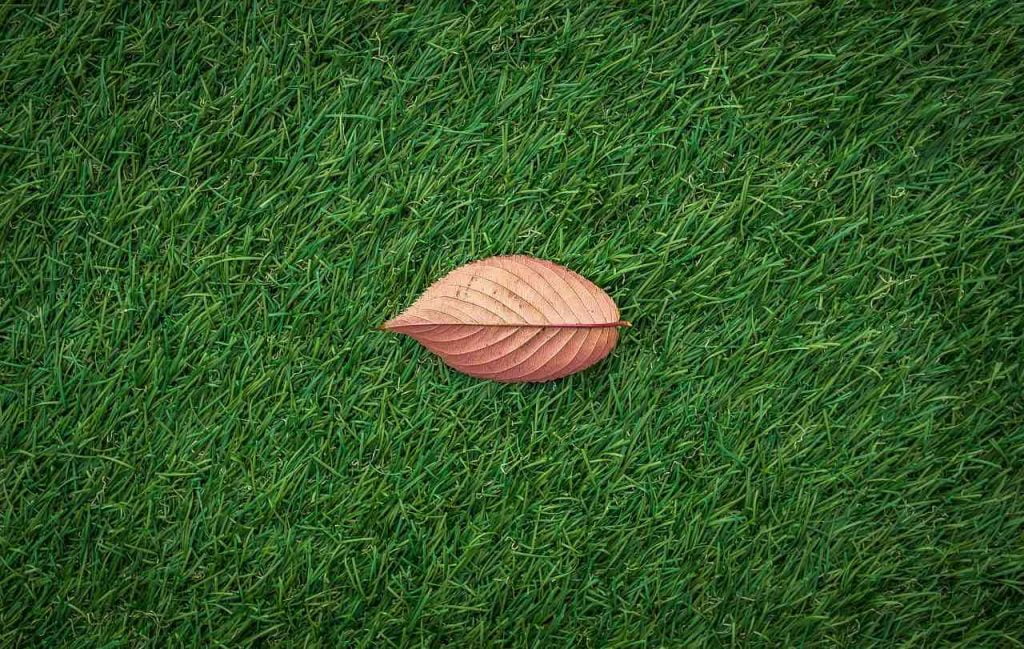
Fake grass needs far more attention especially in Autumn with leaf fall. None of the suppliers I've spoken to have mentioned.
Leaves will literally sit on the grass getting stuck in it without ever being able to permeate through into the soil. Causing a wet sludgy layer that can then cause mould on top of the artificial grass. Although water 'can' permeate through the grasses matting it's very slow to do so.
In fact, anything that falls on the fake grass is pretty much there unless you remove it. Whilst you can still use a leaf blower I'm just pointing out the issues that you may face if there are lots of trees around. On my own lawn, I just use a mower to vacuum up any leaves in Autumn.
Did you know that you can take my course and learn how to become a Garden Ninja yourself? Click here for details
Anything that falls n your artificial turf such as leaves will need to be removed as they're near impossible to break down on fake grass and you can't use a lawnmower to collect them.
There's also the issue with animal waste if you're choosing it because of its pet-friendly credentials. Conscientious dog owners know all too well that waste needs to be collected if for whatever reason one misses one it eventually will be recycled into the earth.
On artificial grass, dog or cat poo, urine or other pet waste can get stuck in the matting. Where it will sit there as an awkward pile. Slowly degrading into the mesh causing a mess on your pristine fake lawn.
Given the artificial grass is sitting on top of compacted grit it's going to be a long time until that waste makes its way back into the ground. This leads to artificial grass stinking if not cleaned regularly.
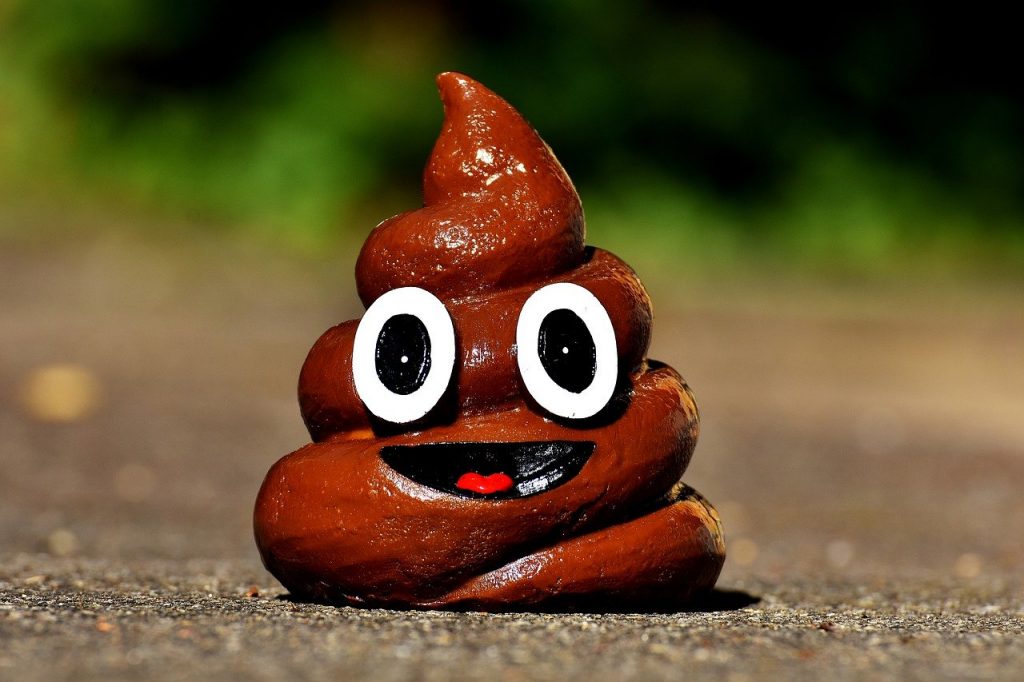
Artificial turf is by no means a cheap option when compared to laying a regular lawn. One supplier provided me with calculations that on average a small lawn, 10m2, would cost £1300-£1600 to be fitted with artificial turf. Firstly this is a very small lawn size so bear that in mind. Secondly, many suppliers quote a 10-year lifespan.
That means your artificial lawn is costing anywhere between £130-£160 per year for a 10-year duration.
Given that most people opting for artificial grass are replacing real turf; I thought it would be a good idea to help detail the potential cost savings in this scenario vs keeping what you have already got.
So if we spend 19.2 hours a year maintaining a regular living lawn and you divide that by the cost of an artificial lawn we can see the cost per hour for maintaining your garden as a direct comparison.
At the cheaper £130 per year cost of artificial turf, the hourly cost to cut your own is £6.70 in comparison to the same spend. Meaning the real question is whether you find this a big enough cost-saving during the year. That every hour you save not mowing is costing you £6.70.
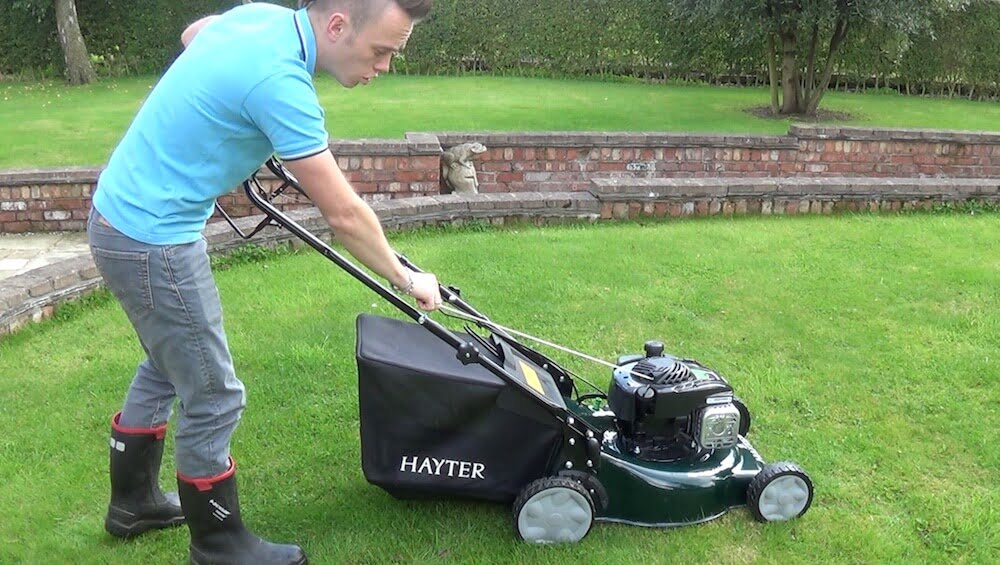
Obviously, this does not take into account any maintenance of either lawn type outside mowing or cleaning your artificial turf. However, it does make for interesting comparisons on a cost basis.
Would you pay £6.70 not to mow your lawn if time-saving is the biggest benefit of artificial grass? If you decide to brush in fine sand to help cover up the joins of fake grass you'll need to reapply this once a year. Probably taking a car journey to the builder's merchants and a few hours brushing it in. All of which starts to negate the time or cost-saving.

Artificial grass is made using plastic threads that are then woven together and adhered to a plastic or rubberised backing to create this green carpet. Manufacturing plastics used in artificial grass is a very energy-intensive process.
Shockingly artificial turf is made from the industry term 'virgin' plastics. Ie they are made from scratch as a new 'virgin product' and currently not from recycled plastics.
Being able to synthesize key petrochemicals to produce plastics uses a lot of energy which again comes from burning fossil fuels for the most part. Plastic has many brilliant uses but it's a completely inert substance and takes up to 450 years to biodegrade as you can see in my Plastic Free Gardening series. It is a massive challenge facing everyone, especially gardeners.
Most 'fake grasses' are made from either Category 4 or 6 plastics. The lower-cost options I'm told are usually Category 4 such as LDPE (Low-Density Polyethylene). LDPE is used in creating things from plastic buckets, plastic bags, dry cleaning sheaths and squeezy plastic bottles. It can be recycled but it's not widely accepted by most recycling centres. It's almost treated as single-use plastic, ie the products can't easily be recycled when you're done with them.
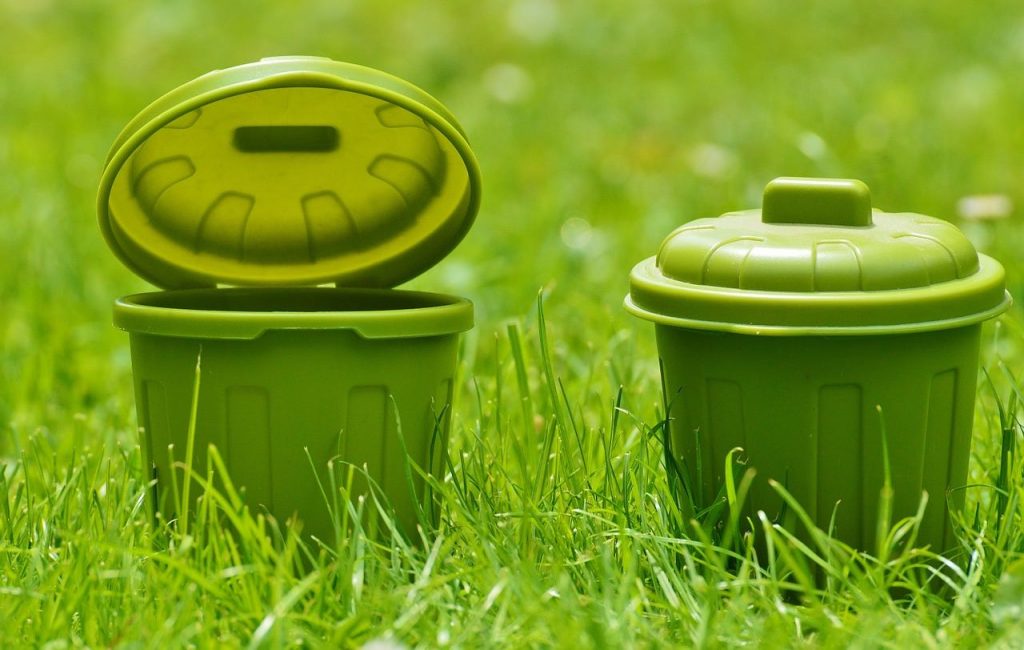
It's described as a softer plastic compared to category 6 plastic. This is why some artificial grass companies claim it's a lower quality. However, Category 6 plastic or PS (Polystyrene) is usually considered structurally weak as well with studies showing just how quickly it breaks down and can leach into the environment.
This means that using artificial grass leads to microplastics entering the soil and potentially the food chain.
Either way, they are both resource-intensive plastics. Whether your fake turf is category 4 or category 6 the lack of recycling is still a major issue (more on that below with a shocking image).
The other sad fact is that artificial grass actually burns through fossil fuels before it even reaches the consumer when compared to either natural grass seed production or simply maintaining an existing lawn. Probably negating your £6.70 per hour saving in terms of the cost to the planet.
Then there are transport costs to factor in. If you imagine the area you're looking to turf with artificial grass and then imagine how many plastic bottles it would take to then cover that. You probably have a fair idea of the number of plastic resources needed to fill that space with the green matting. All to save a couple of hours each month?
With the time-saving argument covered, it's time to move on to a more pressing drawback of fake grass. The environmental impact of removing natural lawns for artificial plastic grass.
We've established that no matter how you dress it up artificial grass is a petrochemical man-made product that is essentially plastic matting.
It's made in a similar method to other types of plastic with considerable resources and energy taken to create the end product. This needs to be discussed in context against the impact of a real organic lawn.
I've been speaking to the UK's 'real' lawn expert David Hedges-Gower about the environmental impact that fake grass is having on our ecosystem. It makes for a worrying conversation.
David points out that grass is one of the toughest plants on the planet which can withstand extremes in temperature making it ideal for a garden surface. He also points out that we rely on it for the careful management of water including real grass acting as a partial flood defence here in the UK. We saw last year in the heatwave just how resilient grass is in extreme temperatures from drought to flooding. It helps both reduce the ambient temperatures in a heatwave and wicks away rainfall efficiently in times of heavy rainfall.
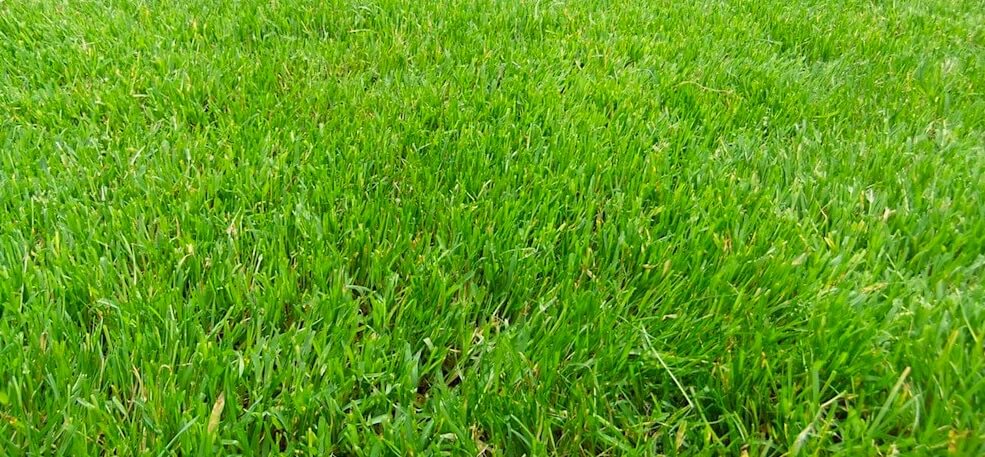
By removing it and installing fake grass we are actually making it harder for rainfall to permeate into underground soakaways. You may as well be opting to increase your chances of garden flooding during heavy rain.
Some people have even argued that artificial grass is classed as a non-permeable surface and should be subject to planning consent like tarmac is in the UK as it is so slow at transfusing water through its matting to the ground.
"Some people are still opting for using artificial grass in their gardens, but there is one big problem – fake grass together with its matting and installation substrate cannot percolate heavy rainwater as efficiently as natural turf. But that’s not all. It also can’t support the life cycles of fauna and flora. And it can’t absorb CO2 and other pollutants from the air we breathe." David Hedges-Gower Lawn Care Expert.
I think everyone can agree that plastic matting has pretty much zero environmental credentials when it comes to supporting wildlife.
Nothing living can survive in artificial grass; other than feeding off organic matter or pet waste that may get stuck in the lawn.
Compare that to a real lawn where a vast ecosystem of organisms, microbes, invertebrates and plant life can survive helping both the food chain and biodiversity.
When I use lawns in my garden designs for clients I always use real turf. When I explain how well they function to support wildlife and slow down water their attitude completely changes. In fact, I have noticed that some clients have even started to leave parts of the lawn unmown as mini meadows. Embracing it as a feature plant in the garden!
Not only does this help save time for gardeners but in a matter of weeks see a whole range of flowers and insects rushing to colonise the meadow. Whilst you never need to mow artificial grass, you'll also never be able to experience the environmental benefits that a real lawn brings to both the gardener and wildlife.
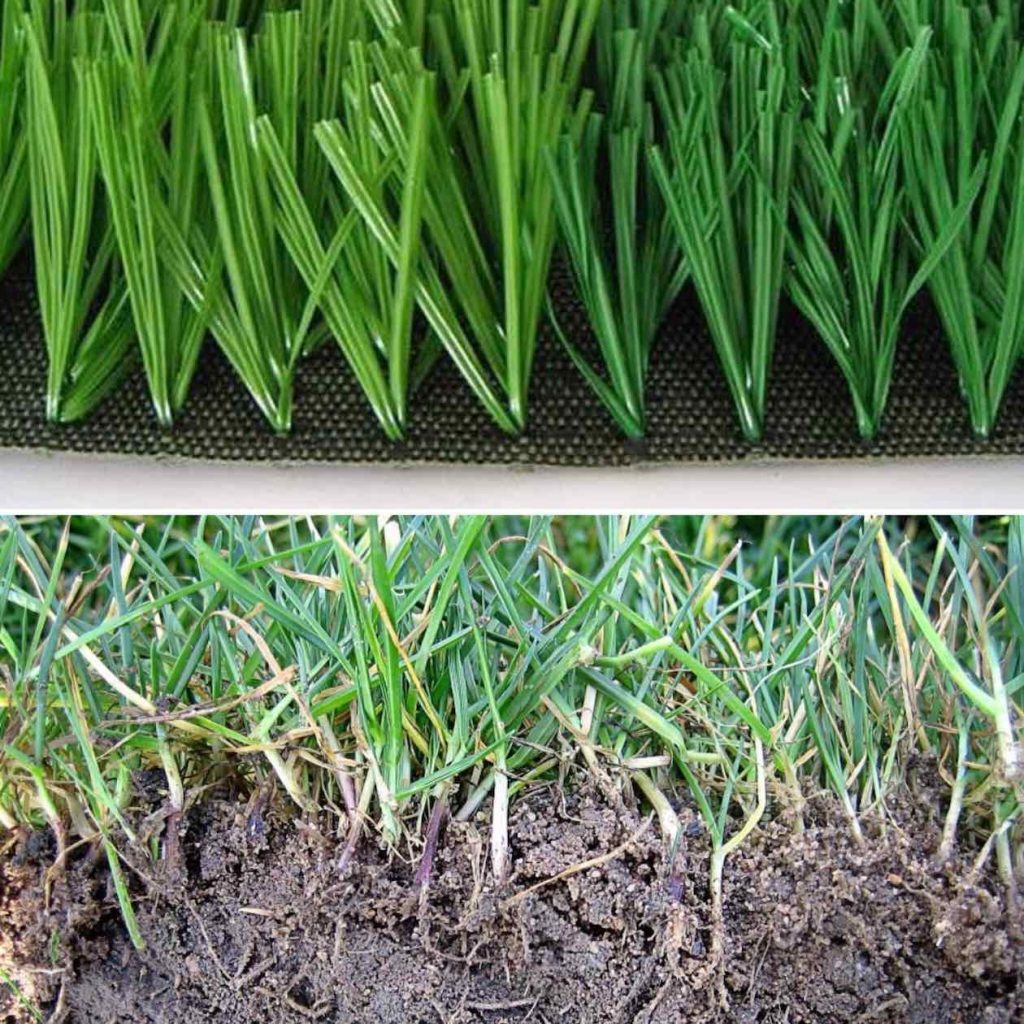
Another issue raised by gardeners is that fake turf in the summer months can become extremely hot.
In fact, there are numerous articles on heat build-up in fake grass as it can act like a massive heat reserve storing up the heat and retaining it. Causing the ground the become far hotter than if it was home to real turf which can actually cool down the ground temperature in heat waves. Not only does this make barefoot walking a less than pleasurable experience but it's yet more bad news for wildlife.
Alan Gardener (from the TV series The Autistic Gardener) spoke to me at length about the damages of this heat and plastic matting to microbes and bacteria that live in living grass. Alan explained that this heat build-up in the summer can lead to vast areas of gardens becoming sterile.
Such hot temperatures will literally cook living organisms beneath it and fry your feet. Spelling disaster for wildlife.
He takes issue with fake grass that it is pretending to be something it is not. He went on to tell me that if people don't want the maintenance of grass there are plenty of alternatives to it such as gravel, permeable stone or chippings. All of which are far kinder and more welcoming to the continuation of much-needed wildlife in our gardens.
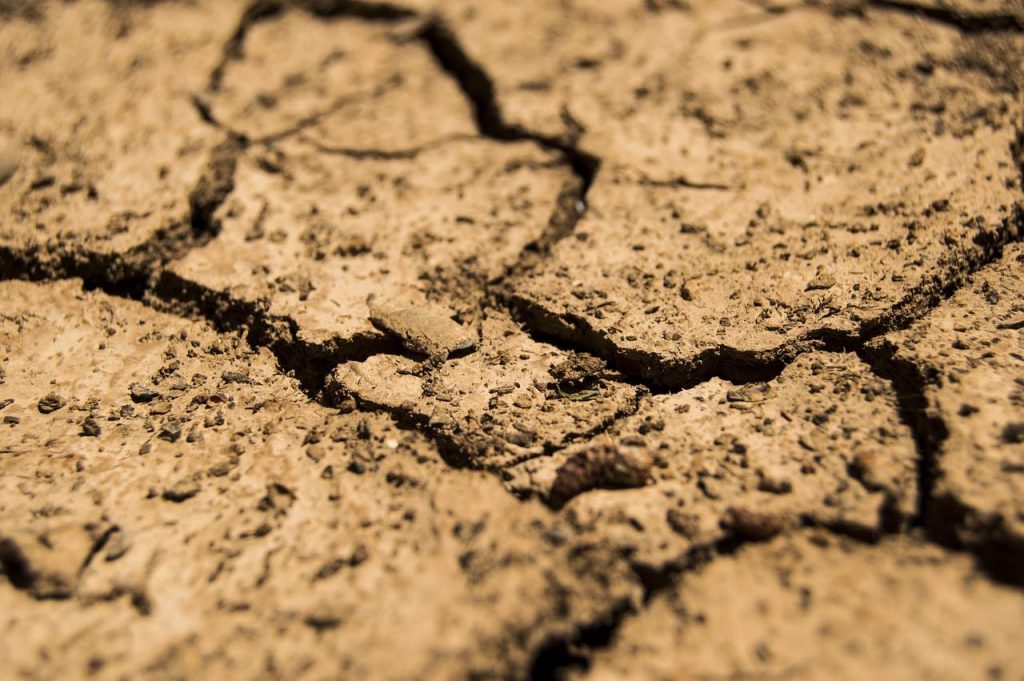
The heat built up under these plastic mats not only kills microbes and bacteria that would otherwise live in the soil but it offers no viable life to organisms of any kind. You may as well drape a plastic sheet over your garden and suffocate it. Alan believes that artificial grass is an imposter to our gardens disguised as organic material. That people are being fooled into thinking it's not that bad of an option. Alan argues that this sterile imposter is killing our garden wildlife under the guise of 'low maintenance. I can't disagree with him.
There are no current means to recycle artificial turf when it comes to the end of its life cycle other than it goes to a landfill or is incinerated for energy. Both of which simply dump the end product back into the environment. Out of all of the main artificial turf companies I've spoken to not one of them has been able to confirm what the plans are for recycling. I'm not sure there are any.
Recycling is especially noticeable with the 3G crumb-style artificial turf often used in stadiums and sports fields. Not only does this surface erode very quickly into plastic particles but there are currently no recycling options available. Below is a truly shocking image of a waste pile of artificial grass that will either be incinerated or dumped in a landfill.
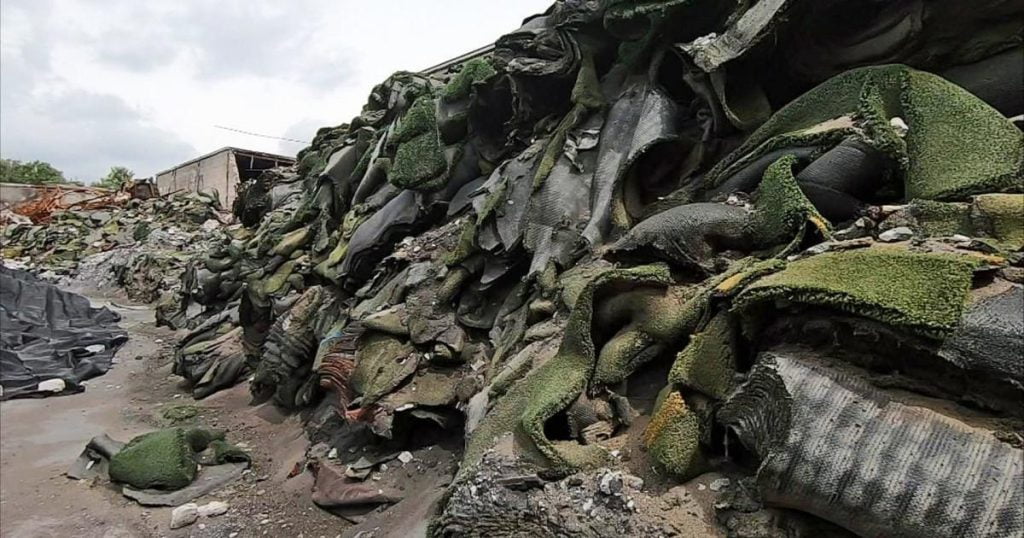
Many artificial grass manufacturers spoken to said they are looking at using recycled plastics in fake grass but couldn't provide any details.
The same at the gardening expo I attended. As soon as I asked about how we can recycle artificial turf puzzled faces appeared by the sellers of fake turf and the conversation was quickly shut down.
Companies literally shrugged their shoulders at me and moved on to other punters. I truly don't think anyone is considering what happens after the 10-year average lifespan of artificial turf. Looking at the horrendous image above it's safe to say that there are a lot more mounds of artificial turf heading to landfills across the globe.
During my research, most suppliers have quoted the water saved by using artificial turf because you never need to water it. It's been a real sticking point for me with the entire debate. I never water my lawn. Not even in a heatwave.
Grass - as a species - is one of the toughest plants on the planet and will often come back from the dead even when it looks like it's been fried.
The only time I ever water grass is when I'm laying new turf or grass seed. This is a temporary activity that I cease as soon as the turf starts to grow in a couple of weeks. In fact, if you're clever, then laying new turf in late Autumn or sowing seed in early spring can actually require tiny amounts of watering outside rainfall. So I totally refute this benefit of artificial turf.
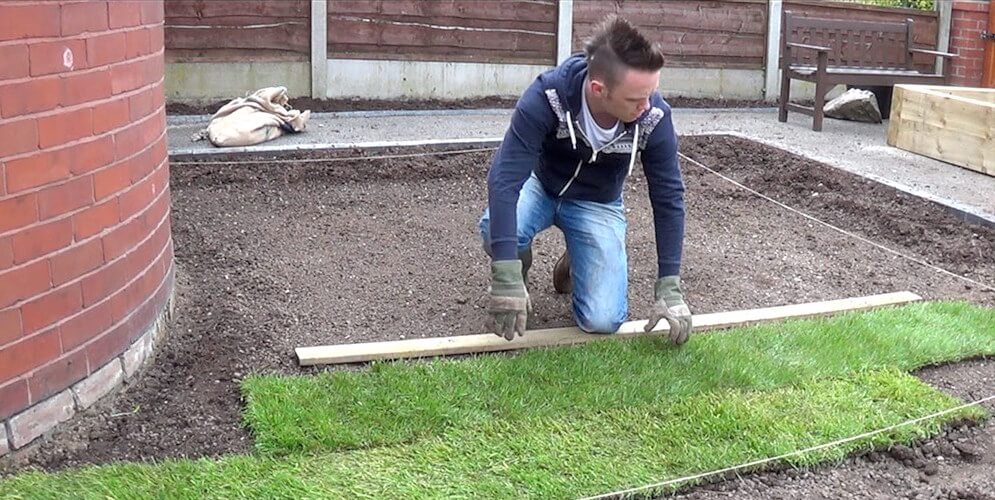
I started off on this journey to investigate artificial turf as I've seen a rise in online and customers asking about installing it in their gardens. My original opinion was that fake grass and artificial plants are a bit of a pointless substitute. I thought fake lawns were just a marketing fad providing no real value.
I looked at garden designers using them with a kind of ambivalence. It's not for me but each to their own. After advocating for years that gardening provides untold rewards for both your mental health and the environment it seems odd to be asked for 'fake' parts of this gardening equation. I barely considered the wider environmental implications of recycling and the destruction of the soil beneath it.
However, since researching this article, I'm even more determined not to use or promote artificial turf. Looking at the environmental consequences alone terrifies me. I knew artificial turf would have some negative impact but to see the true impact, which will continue for decades, terrifies me.
I believe all designers, gardeners and homeowners should recognise how damaging their choices can be with artificial turf.

Artificial turf leads to sterile gardens, a lack of biodiversity, increased flood risks and a disconnect with the benefits of physical gardening. We may be swapping plastic water bottles for reusable ones but we're then laying out thousands of tonnes of plastic into our own back gardens. I'm not sure that people even realise how hypocritical this is.
I can appreciate that people are busy. Time is precious. I truly believe that if homeowners knew what artificial turf is really doing to the environment they would be rejecting it as quickly as all the other single-use plastic.
My final thought is this. If you want a low-maintenance garden then that's fine and achievable without artificial grass. Any decent designer or landscaper can suggest alternatives to a living lawn. Especially if it is going to become a maintenance burden or you want to prevent pets or children from bringing muck inside.
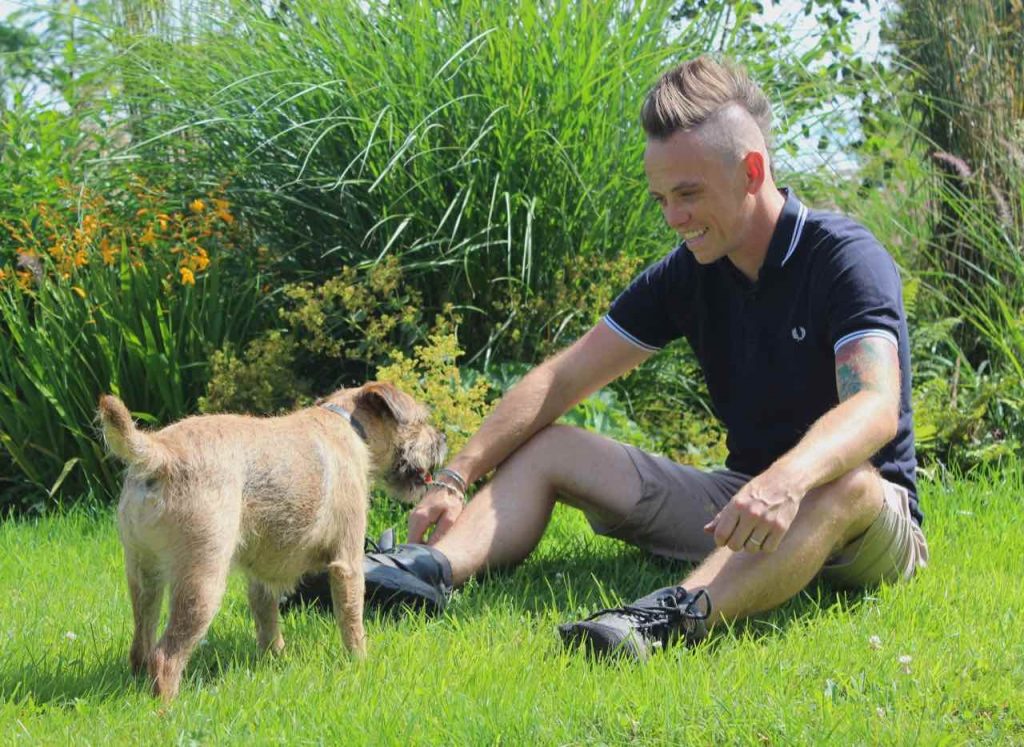
However, I'd suggest a decent coir doormat will resolve this problem pretty quickly. There are a plethora of alternatives from gravel, stone or permeable paving. All plastic-free which encourages, rather than savage, our wildlife populations.
Do you have an opinion on Artificial grass? If so I'd love to hear from you on my Twitter, Facebook or Instagram pages. If you're looking for ways to get reduce your plastic usage in the garden then why not view my YouTube channel where there's a whole series on that?
I would lastly like to thank everyone who gave me their time on both sides of the argument on artificial turf. Links have been provided to those I've spoken to and I've kept the turf companies anonymous intentionally.
Happy Gardening.


You must be logged in to post a comment.

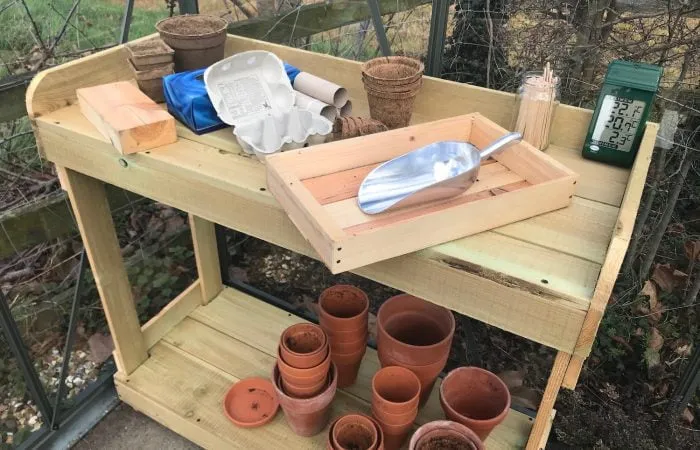
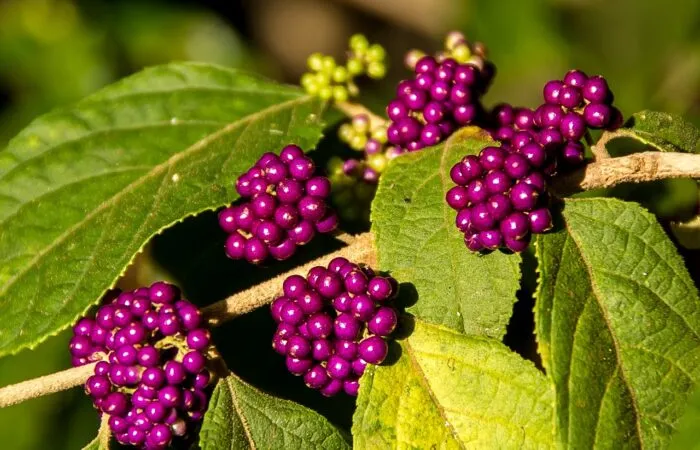
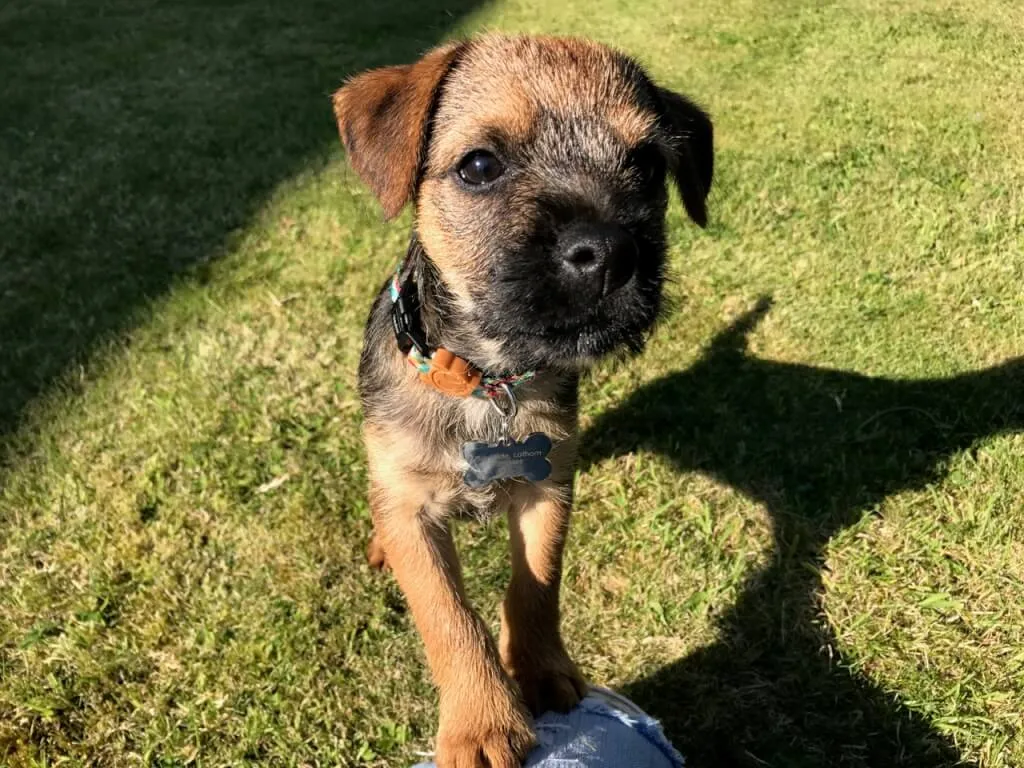
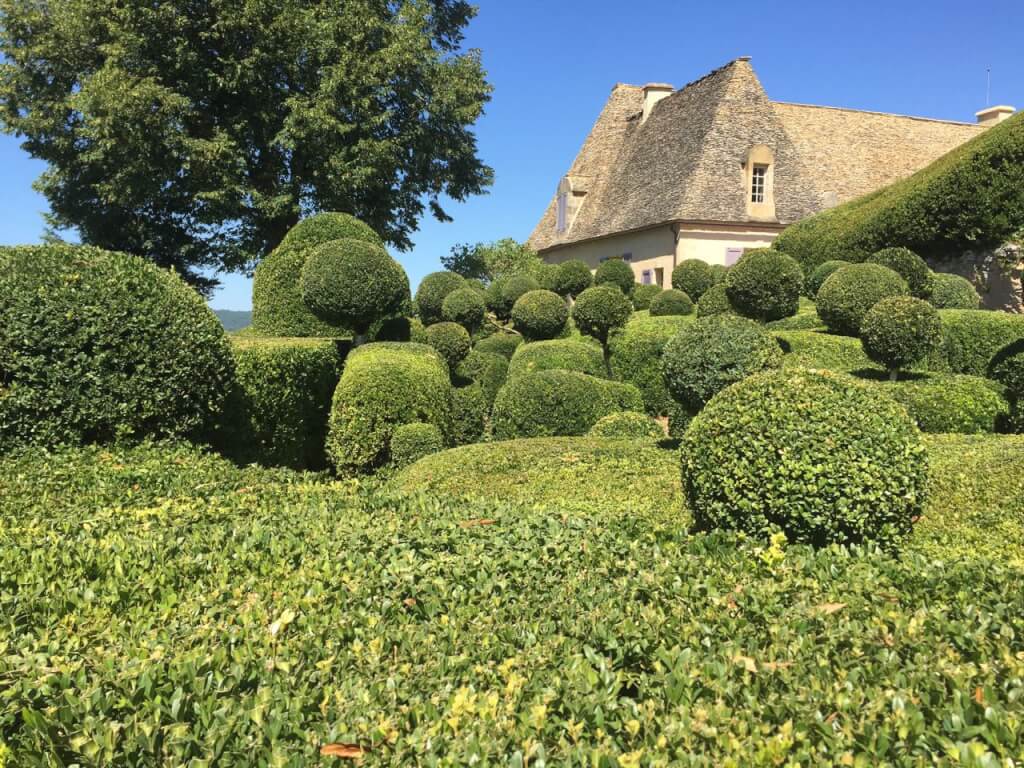
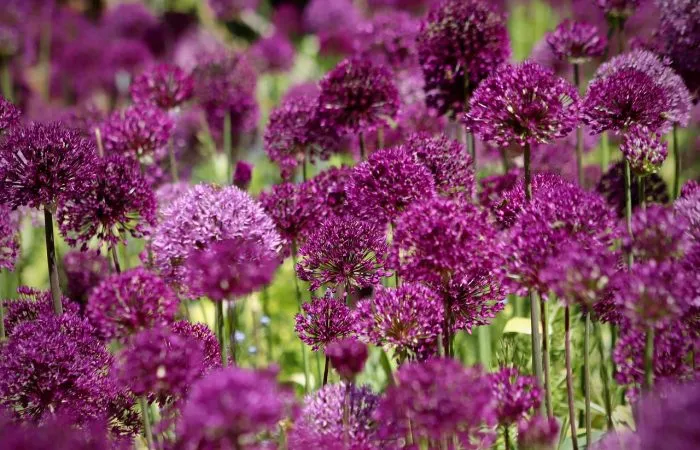
JOIN THE NINJAS

Be the first in line for new Guides, Discount codes and Offers
Thank you! Very good information! Just so sad to see some of my “gardener friends” having fake grass!
Wish they’ve read this beforehand ?
Whilst I do agree with you that artificial grass should not be used, the only alternatives you offered were grass, gravel, stone or permeable paving. Only grass offers a soft surface to walk/play on, and considering the amount of artificial fertilizers and weed killers I see being used on the average lawn – I don’t really consider this to be an eco friendly alternative. Most articles also suggest that having a monoculture of grass is actually a poor substitute for something like a meadow – which would be the closest natural approximation of a lawn.
I think what I’m trying to say is that it would have been nice to see some examples of low maintenance alternatives for people, rather than just “plastic bad, grass good”.
Hi Dan,
Many thanks for your comment. Whilst I appreciate that I could have used Meadow Grass as an alternative this isn’t really suitable as a walking surface or area for play. So yes it would be fantastic for wildlife and biodiversity but paths would need to be mown through it. Maybe I could update the article with incorporating wildlife stips around the edges of a garden.
Also, you can, as I do, quite happily look after a lawn without any chemical fertilisers or weedkillers. I use a light top dress of compost each year and a scarification every couple of years with no drama. Maybe I should create a post or vlog on why we don’t need chemicals on our lawns? If that would be helpful for people
Thanks again for engaging and happy gardening!
Lee
Great article Lee. I’ve never liked artificial grass in fact we often play the game when out and about of spot the fake lawn! Some of them look so fake it’s impossible not to know their plastic. The damage these things do is I think completely underplayed. Long live the real grass!